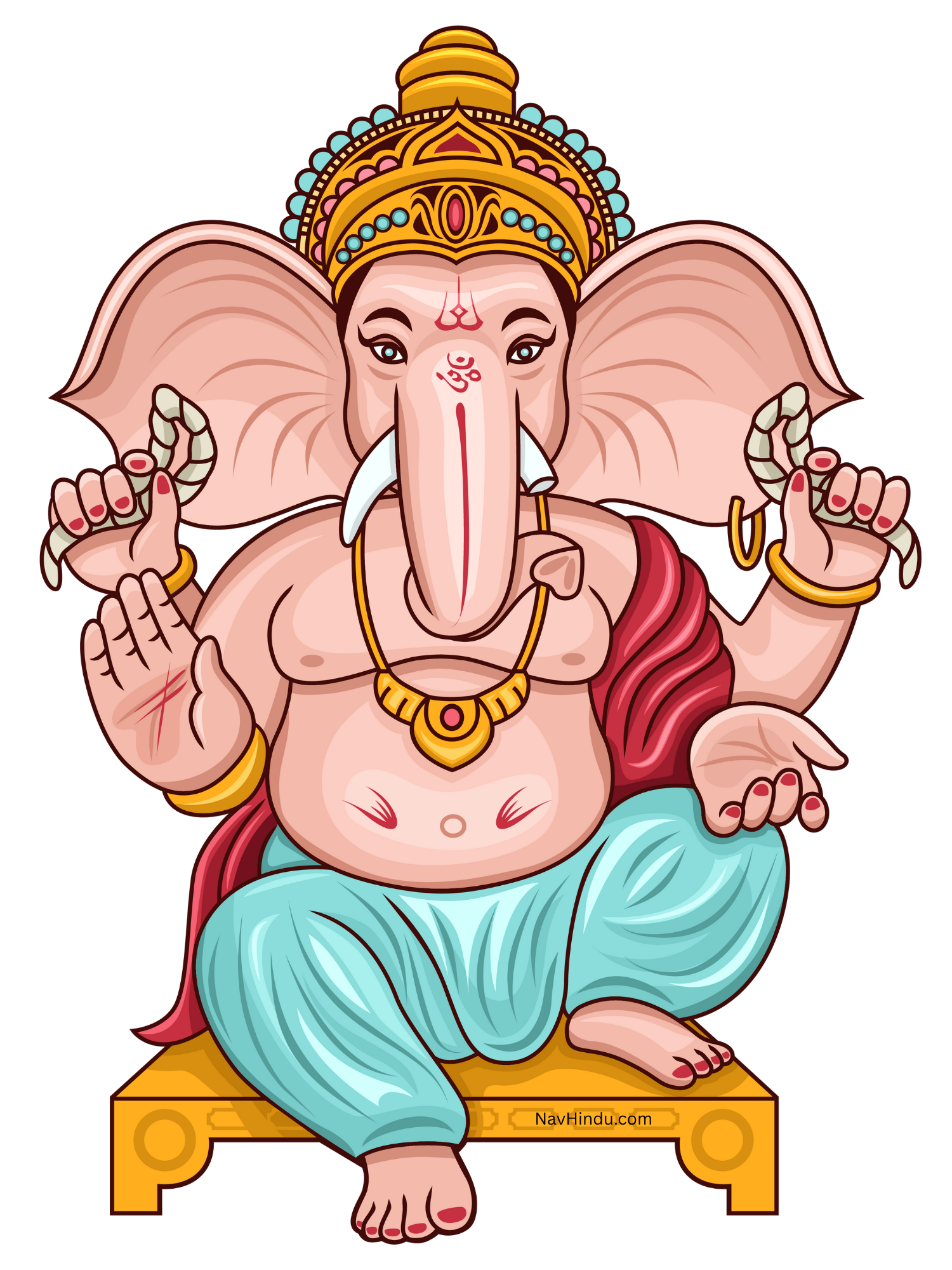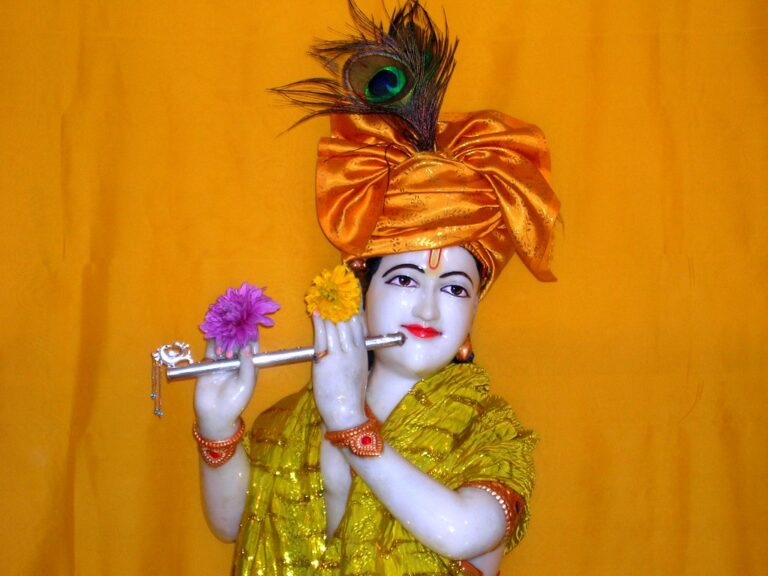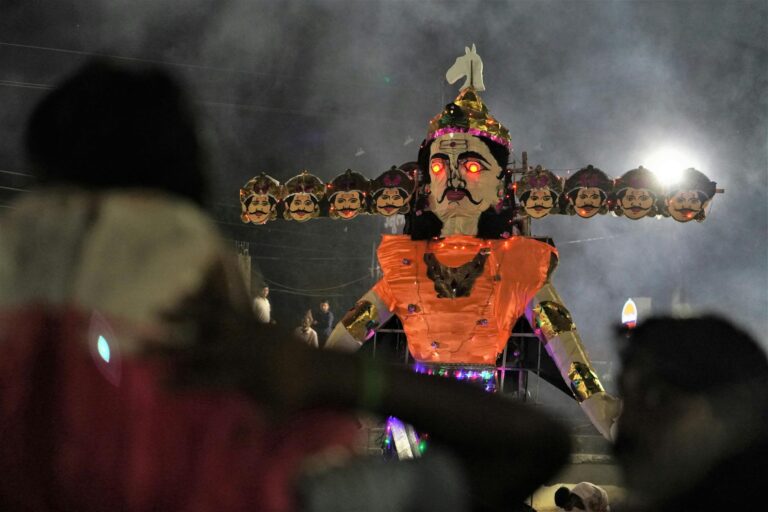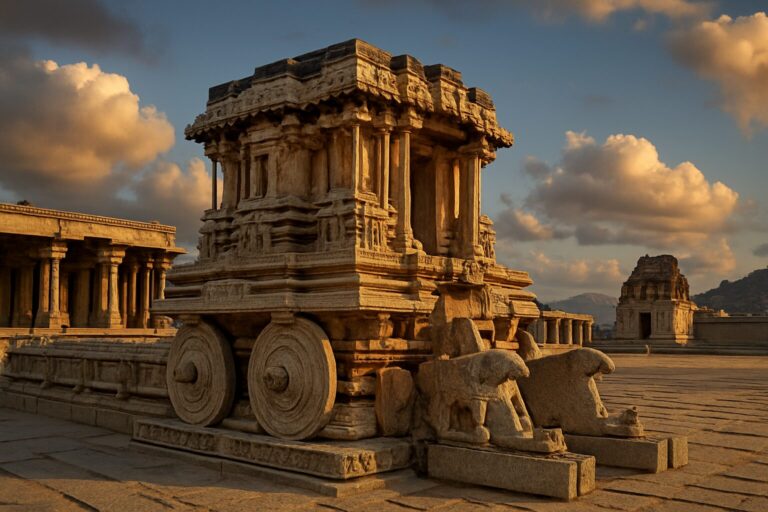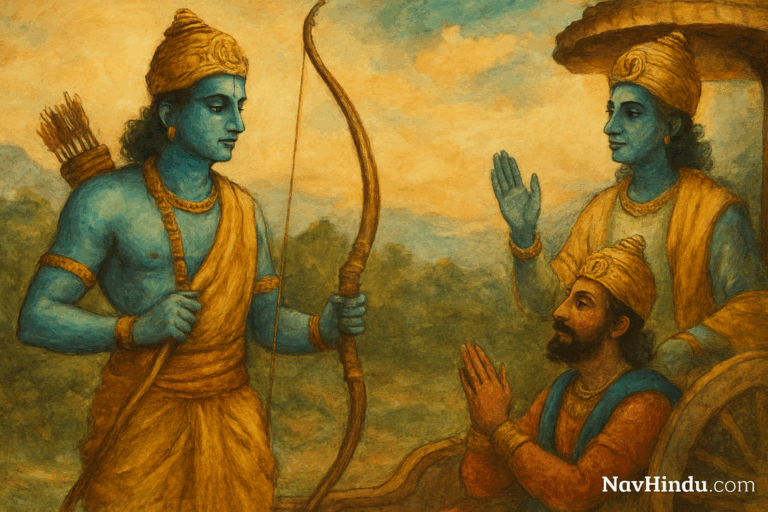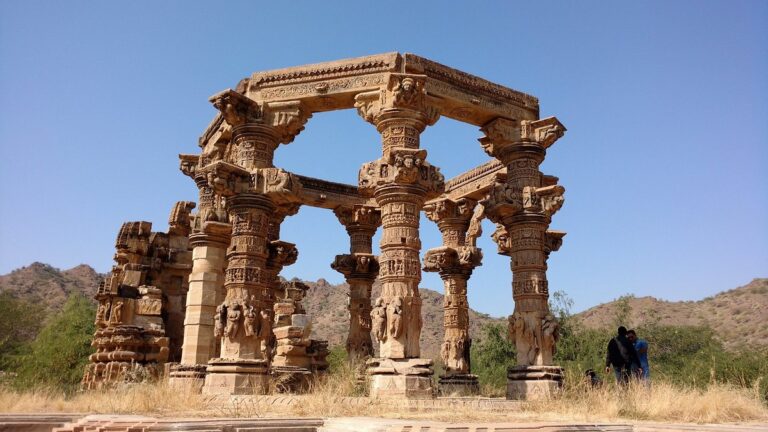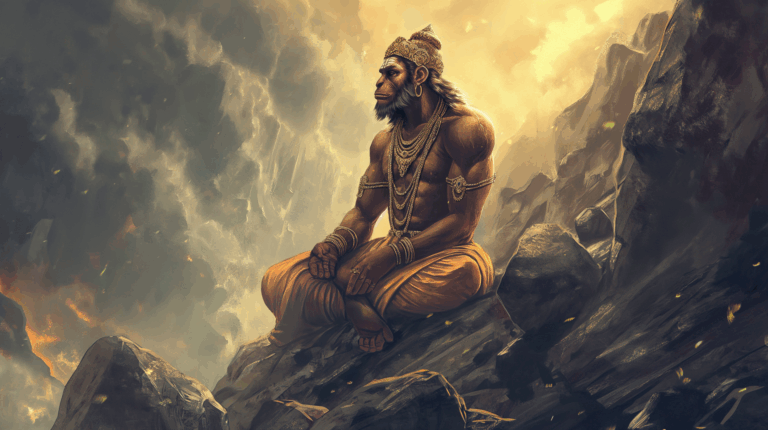Birth of Lord Ganesha
The story of Ganesha’s birth is told in several ways across different scriptures, but the most popular version comes from the Shiva Purana.
One day, Goddess Parvati, wife of Lord Shiva, wanted someone to guard her privacy while she bathed. She created a figure out of turmeric paste, breathed life into it, and thus, a little boy was born—her own son. She lovingly called him Ganesha.
Parvati asked Ganesha to stand guard at the entrance and not let anyone inside. Soon after, Lord Shiva returned home. Not knowing who this boy was, Shiva tried to enter. But Ganesha, following his mother’s command, stopped him.
Angered by the boy’s stubbornness, Shiva and his ganas (attendants) fought with Ganesha. Despite being young, Ganesha was powerful and held his ground. Finally, in a fit of rage, Shiva severed Ganesha’s head.
When Parvati came out and saw her son lifeless, she was heartbroken and furious. She declared that she would destroy the universe if her child was not revived. To calm her, Shiva promised to bring Ganesha back to life. His attendants were sent to find the head of the first living creature they saw—an elephant. The elephant’s head was placed on Ganesha’s body, and he was brought back to life.
Shiva embraced Ganesha as his own son and declared him the leader of the ganas (troops of Shiva), giving him the name Ganapati or Ganesha. From that day, Ganesha became the symbol of wisdom, protection, and new beginnings.
Why Ganesha is Worshipped First
There is a beautiful story that explains why Ganesha is always worshipped before other deities.
Once, the gods were debating who among them should be worshipped first. To settle the matter, they decided to hold a contest. The challenge was to circumambulate (go around) the world three times, and whoever did it first would be declared superior.
All the gods mounted their vehicles and rushed off to circle the earth. But Ganesha, with his pot-belly and mouse as a vehicle, knew he couldn’t compete in speed. Instead, he calmly circled around his parents, Shiva and Parvati, three times. When asked why, he replied, “For me, my parents are my entire world.”
Touched by his wisdom and devotion, the gods declared Ganesha the winner. Since then, he is worshipped before all others, marking the beginning of any ritual or auspicious activity.
The Symbolism of Ganesha’s Appearance
Every part of Lord Ganesha’s form has deep symbolic meaning:
- Elephant Head – Represents wisdom, intelligence, and the ability to think big.
- Small Eyes – Symbolize concentration and attention to detail.
- Large Ears – Signify the importance of listening more.
- Trunk – Flexible and strong, showing adaptability in life.
- Big Belly – Represents contentment and the ability to peacefully digest both joys and sorrows.
- Mouse (Mushika) – His vehicle, which signifies that even the smallest creature has importance, and that desires (like a mouse) should be controlled, not destroyed.
- Axe in his hand – To cut off attachments and obstacles.
- Modak (sweet) – Symbol of the sweet rewards of spiritual practice.
Stories of Lord Ganesha
1. The Broken Tusk
One of the most famous features of Ganesha is his single tusk. Why is it broken? The story goes that sage Vyasa wanted to write the Mahabharata, but he needed a scribe who could write continuously without pause. Ganesha agreed, but with one condition: Vyasa had to dictate without stopping.
When Ganesha’s pen broke, he immediately broke off one of his tusks and used it to continue writing, showing his dedication and sacrifice. That’s why he is also called Ekadanta (the one with one tusk).
2. Ganesha and the Moon
Once, on the night of Ganesh Chaturthi, Ganesha ate too many sweets. As he rode back on his mouse, the mouse stumbled, and Ganesha fell. The moon saw this and laughed. Angered, Ganesha cursed the moon, saying that anyone who looked at it on that day would face misfortune.
To this day, it is considered inauspicious to look at the moon on Ganesh Chaturthi night.
3. Ganesha and Kartikeya
Another famous story is about a race between Ganesha and his brother, Kartikeya. The challenge was to go around the world. Kartikeya set off on his peacock, but Ganesha simply circled around his parents, declaring that they were his world. His devotion made him victorious.
Festivals Dedicated to Ganesha
The most popular festival is Ganesh Chaturthi, celebrated with great enthusiasm across India, especially in Maharashtra. Beautiful clay idols of Ganesha are installed in homes and public pandals, worshipped for days, and then immersed in rivers or seas. The chant “Ganpati Bappa Morya” fills the air with devotion and joy.
Ganesha Beyond India
Though deeply rooted in Hinduism, Ganesha’s popularity extends beyond India. He is worshipped in Buddhism and Jainism, and even in countries like Thailand, Nepal, Cambodia, Indonesia, and Sri Lanka. His elephant-headed figure symbolizes wisdom and prosperity across cultures.
Spiritual Significance
Ganesha’s stories are not just mythology—they carry deep spiritual messages:
- Wisdom before action – That’s why Ganesha is worshipped before all gods.
- Humility is strength – Despite his power, he rides a tiny mouse, showing that true greatness lies in humility.
- Overcoming obstacles – Ganesha teaches that with wisdom, patience, and faith, no obstacle is too great.
- Parents are divine – His respect for Shiva and Parvati shows the importance of honoring one’s parents.
Final Thoughts
Lord Ganesha is not just a deity; he is a friend, a guide, and a protector. His elephant face and playful stories make him beloved among children, while his wisdom and symbolism make him deeply revered by adults. From small homes to grand temples, from India to lands far away, his presence is universal.
Whenever life presents challenges, devotees turn to Ganesha with the prayer:
“O Lord, remove the obstacles from my path, guide me with wisdom, and bless me with success.”
Discover more from Nav Hindu
Subscribe to get the latest posts sent to your email.

